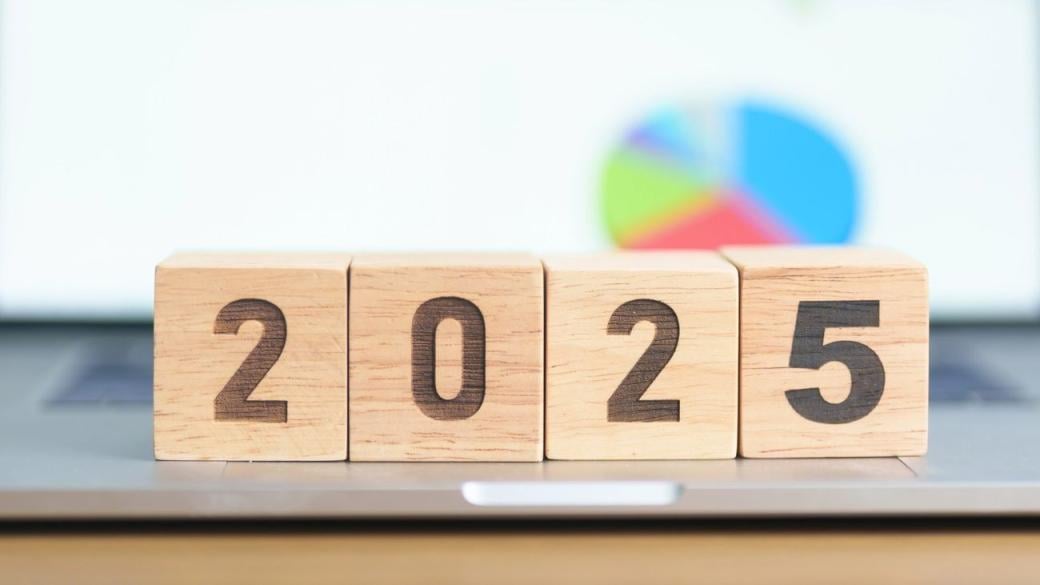"Never seen before": What is Bulgarian government spending really like?
The government plans a huge increase in the expenditure to GDP ratio over the next 4 years, in violation of the Public Finance Act

© ECONOMIC.BG / Depositphotos
Since the publication of the Budget 2025 draft, Bulgaria’s acting Finance Minister, Lyudmila Petkova, has been heavily criticized by economists, financiers, and politicians. The main argument against the proposed public financial balance was the overly optimistic revenue line, accompanied by overly inflated expenditures.
According to the co-chair of "We Continue the Change" and former Finance Minister Assen Vassilev, a large part of the political parties has reacted negatively to the expenditure section of the budget.
In an interview with bTV, he reminded everyone that the Public Finance Act (PFA) requires that state spending - for all systems – should not exceed 40% of GDP for the year in question.
Specifically, he referred to Article 28 of the PFA, which states that "the maximum amount of expenditure under the consolidated fiscal program cannot exceed 40 percent of the gross domestic product."
All (Bulgarian) budgets adopted since 1997-1998, including the budgets during the COVID-19 crisis and the budgets made with the Ukraine crisis in mind, have followed this rule, which limits how much we spend. This is the first budget submitted for approval that violates this rule - it is not 40%, but 46%," Vassilev said, adding: "And none of this can be attributed to me."
Official data so far confirms his statement and the medium-term budget forecast shows that violating the law will become a recurring practice for the Ministry of Finance in the next 4 years if measures are not taken.
The colossal expenditure growth in 2025, set by Lyudmila Petkova, based on past decisions of the MPs, will increase its share as part of GDP to an impressive 46%.
Good financial discipline
A look at the Ministry of Finance's statistics shows that in the last 10 years, Bulgaria has actually maintained relatively good fiscal discipline.
The 40% share of expenditures in the GDP has remained constant over the years with two small exceptions - the period 2020 - 2021, when the state invested additional funds to support citizens and businesses as a result of the coronavirus lockdowns.
But even then, the increase was minimal – in 2020, the share of expenditures as a part of GDP was 40.3%, and in 2021 it was 40.5%. In 2022, the state managed to maintain the level at exactly 40% of GDP.
What happens when the threshold of 40% of GDP is crossed?
In their analysis, the Institute for Market Economics (IME) have noticed the same trend. Citing data from the European Statistical Office (Eurostat) and a European Commission forecast for 2024, they point out that “while in the period 2005-2019, consolidated public spending was stable at levels of around 36-37% of GDP, in the post-pandemic period (2020-2024) spending exceeds the 40% of GDP mark.”
Fiscal policy over the past two decades clearly shows that spending above 40% of GDP means budget deficits and increased taxes," the IME warns.
The medium-term budget forecast sets spending between 42 and 46% for 2025-2028. The European Commission's official forecast is for an increase to 41.6% this year.
Some of the finance ministry's initial ideas actually included a 3-percentage point increase in social security contributions, a tax on bank excess profits, and a new tax on mineral extraction – that is, an increase in the tax burden, albeit indirectly. However, all three ideas for larger revenues were dropped.
Translated by Tzvetozar Vincent Iolov

 Simona Gotsova
Simona Gotsova 


